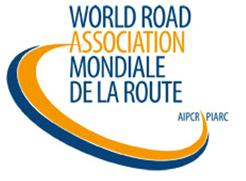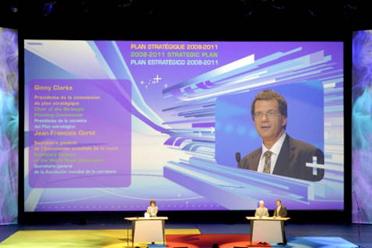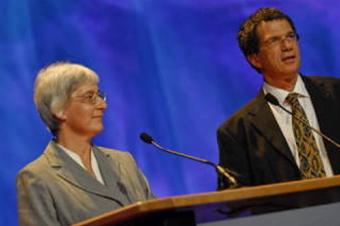D. ROUSSET
We have 4 themes for this strategic plan that we'll develop with both of you: first of all, the sustainability of the road transport system, then the improving provision of services, the third one will be about the safety of the road system, and we will finish up with the quality of road infrastructures... Jean-François Corté what can you tell about this first theme?
JF.CORTÉ
Strategic Theme A brings together the economic, environmental and social aspects of sustainability.
The increasing need for socio-economic development through the provision, quality and management of road infrastructure against increasing pressure on budgets has led to the development of Public Private Partnerships and other innovative ways to finance road development. This strategic theme will examine not only forms of contract but how such contracts are operated and managed.
As we heard on Monday, road pricing is still a hot political topic but as we are closer to more widespread adoption of these schemes, it is time to consider how we mitigate against the impact of changing weather patterns, reduce our energy consumption and look at alternatives to fossil fuels for powering road networks.
There is a continuing need to look at the direct impact of roads on the environment (air quality, protecting wildlife, etc). But over the last four years, climate change has become an increasing concern. Within PIARC, we will bring together our collective experiences and plans for on the one hand limiting impacts and on the other hand adapting the networks.
Accessibility to rural areas is important in bringing social and economic benefits of development to all parts of the community and regarding poverty alleviation. There is a need to benchmark how local communities can actually be involved in the different aspects: planning, financing, construction and maintenance to create ownership and reach sustainable maintenance of these road assets.
D. ROUSSET
Let's go with the second Theme. Ginny, what is it about?



